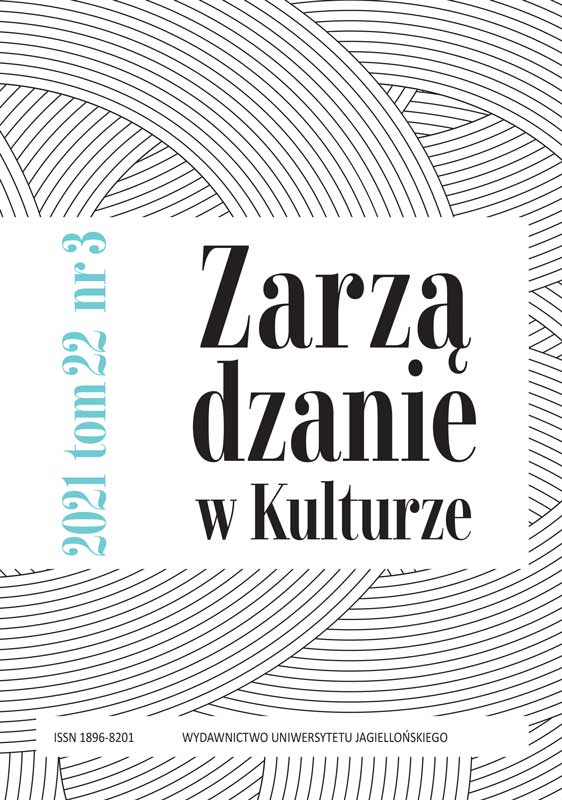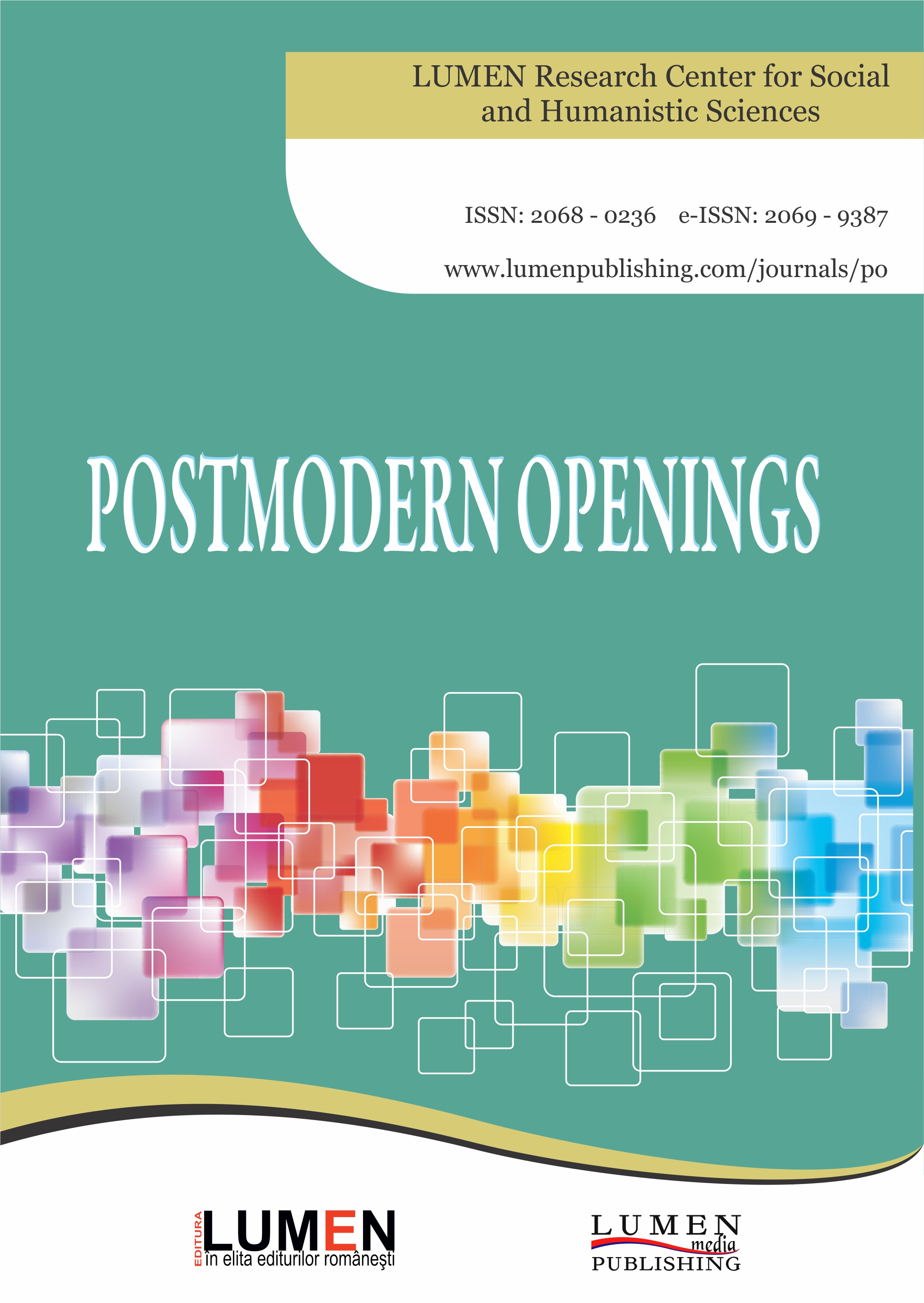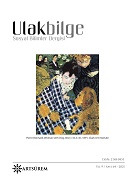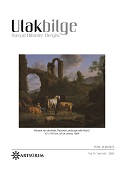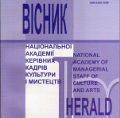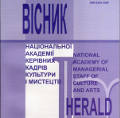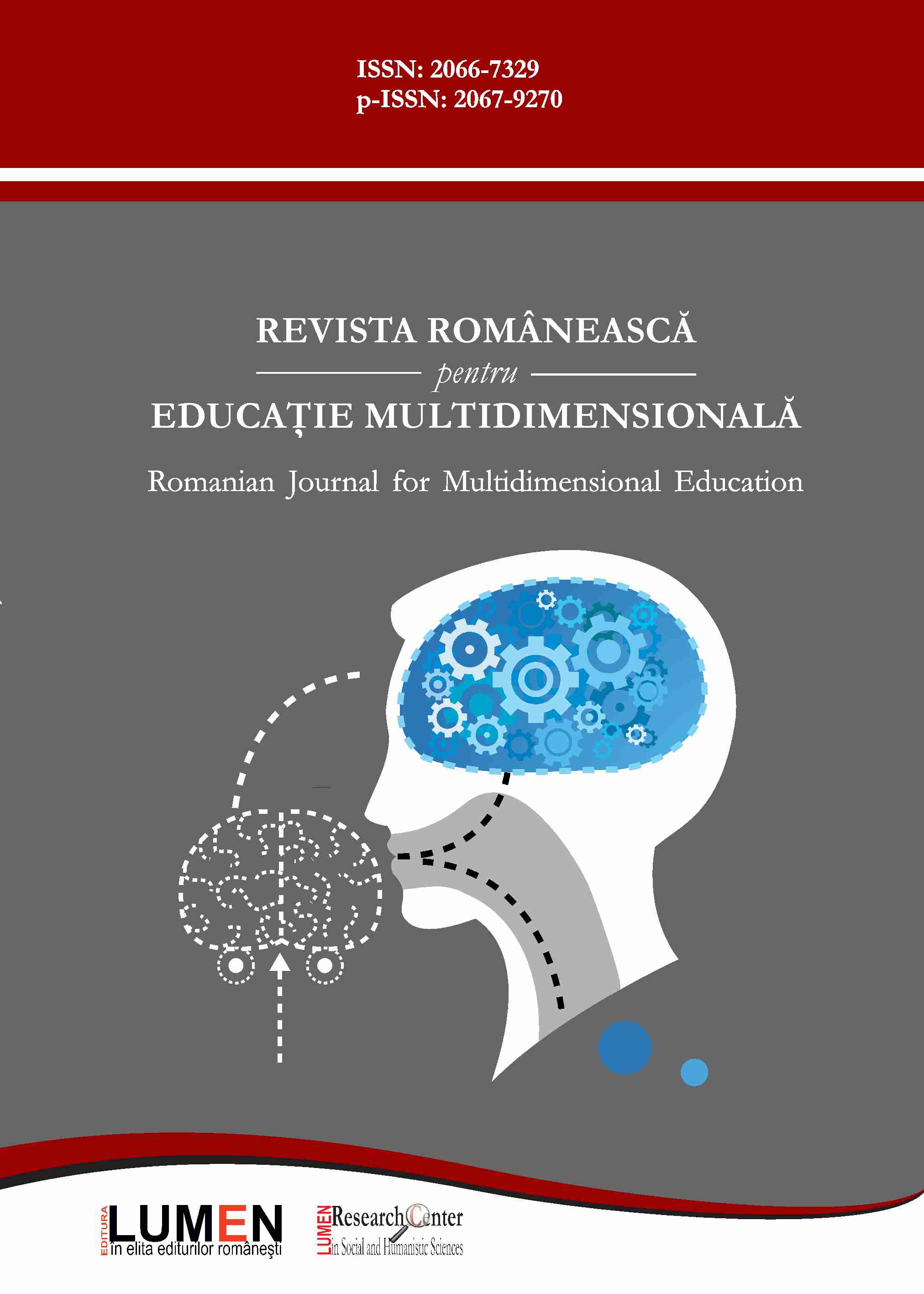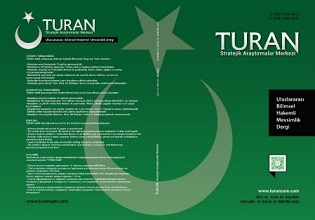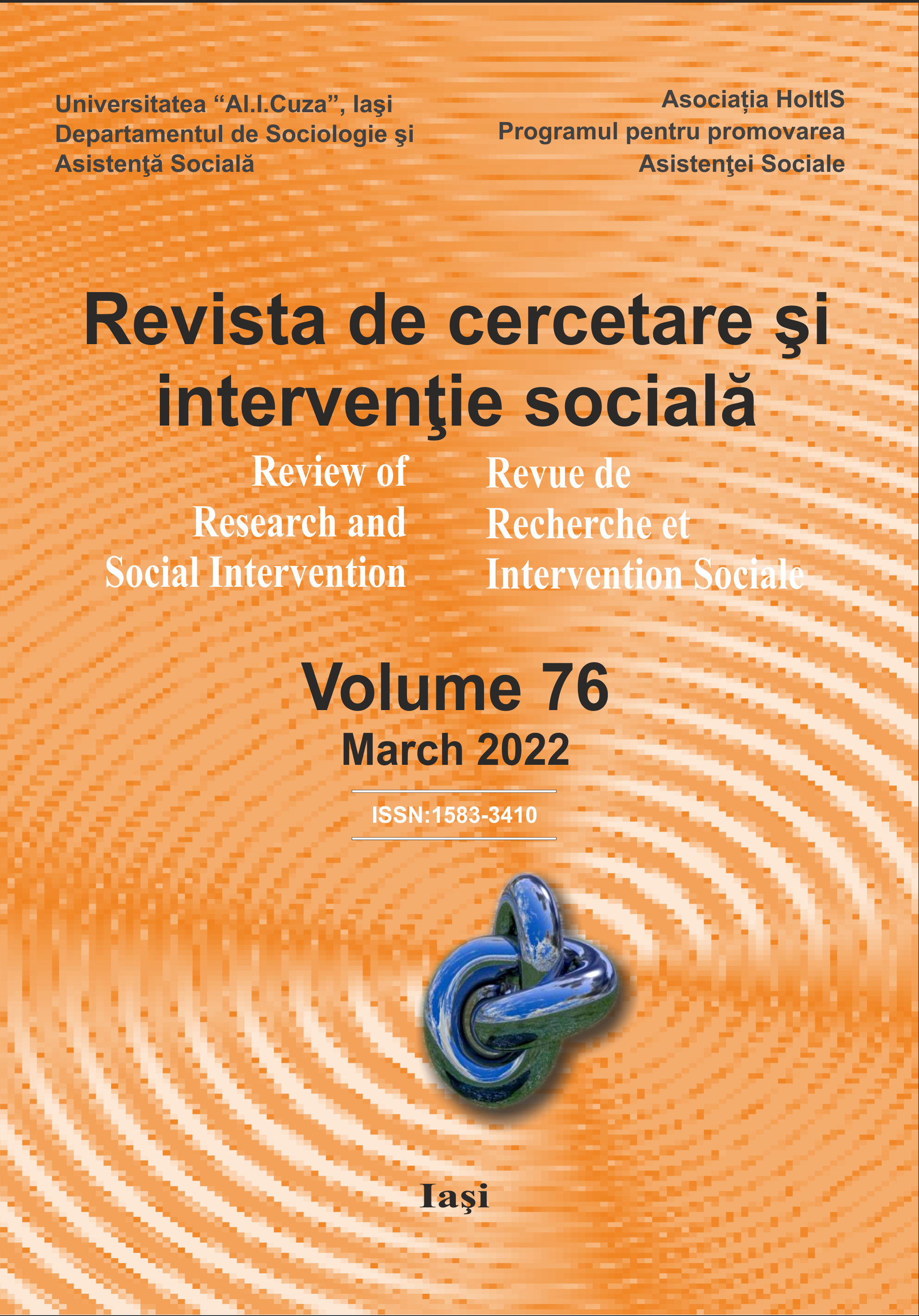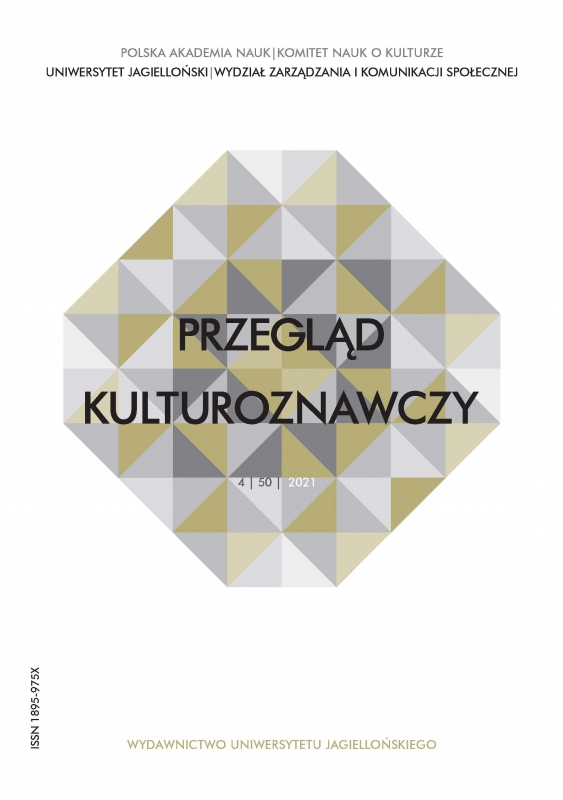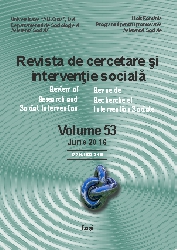
KEY SUCCESS FACTORS IN THE BUSINESS MODEL OF B&B INDUSTRY IN TAIWAN
With the upsurge of B&B in past years, such characteristic B&B, different from early hotels, provide accommodation services and various services according to the resources and characteristics. The combination of accommodation, food & drink, and tourism has B&B become a different recreation industry. Finding out the resources and combining the special capabilities for further reinforcement and application to become the competitive advantage become the primary issues for B&B operators. Aiming at B&B industry in Taiwan, B&B customers in Kenting areas are sampled for the questionnaire survey. Total 300 copies of questionnaire are distributed, and 226 valid copies are retrieved, with the retrieval rate 75%. The experimental analyses conclude that Service, with the weight 0.324 and the total weight 32.4%, is mostly emphasized among evaluation dimensions in Hierarchy 2, followed by Environment & Landscape (weight 0.283), Facilities (weight 0.215), and Management (weight 0.178). Accordingly, services are the most emphasis in the business model of B&B industry in Taiwan. By organizing the total weight of 16 evaluation indicators of key success factors in the business model of B&B industry in Taiwan, the top 5 emphasized indicators contain recreation resources, environment & landscape, cultural interpretation, decoration & landscaping, and medical treatment.
More...
